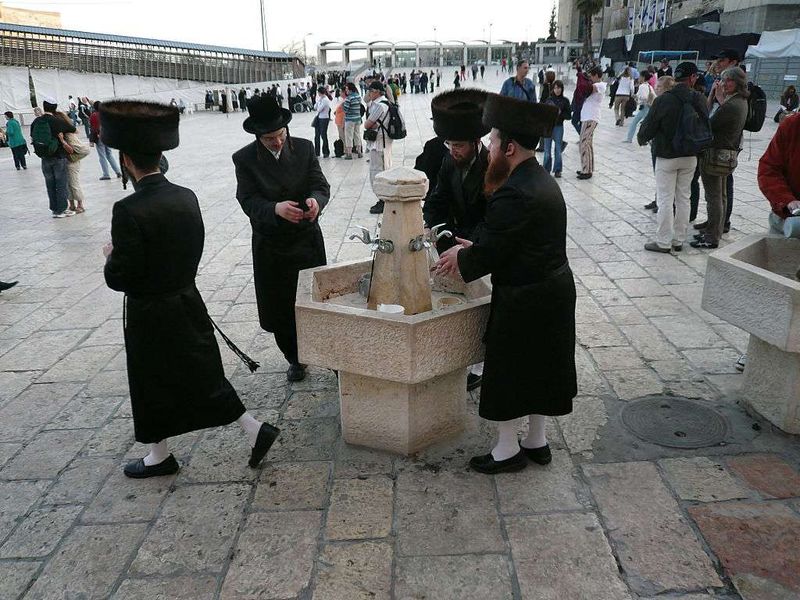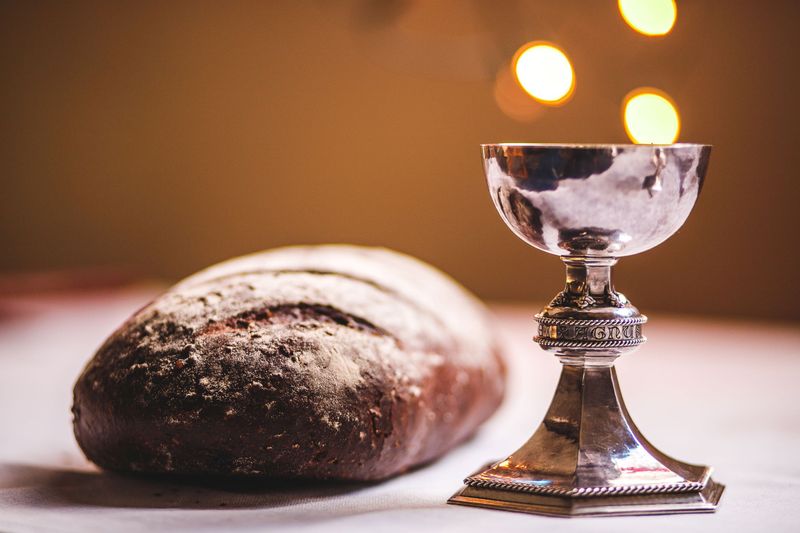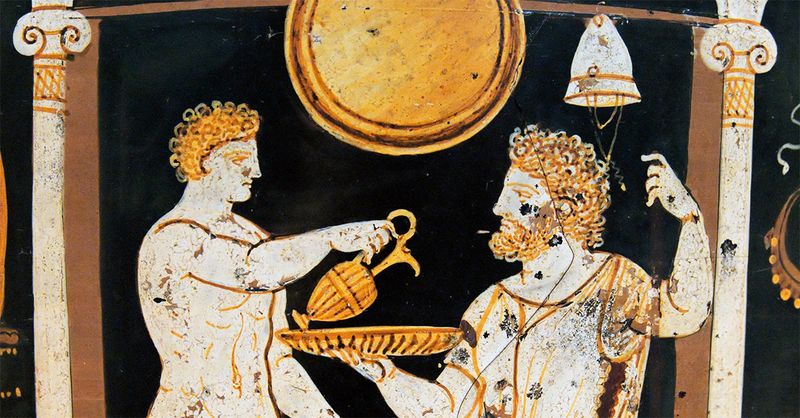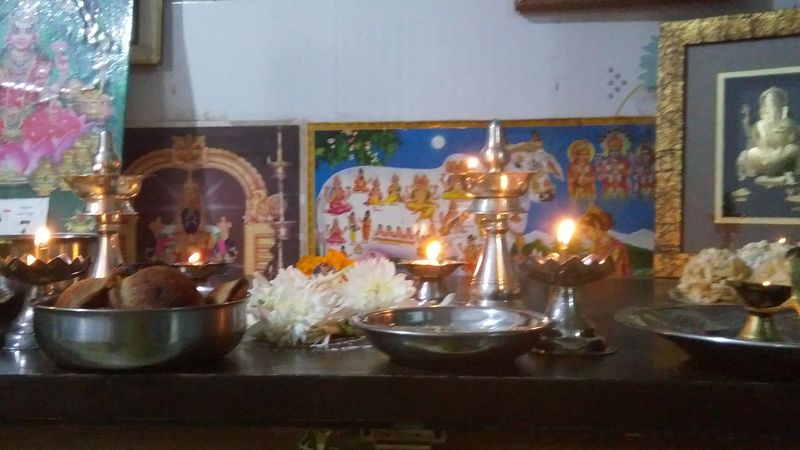Eating is not just about nourishment; it’s a ritual steeped in tradition and history. Before meals were consumed, various cultures around the world engaged in unique traditions that added meaning to the dining experience. These rituals were more than mere routines; they connected people to their ancestors, their culture, and their community. Here, we explore eight intriguing pre-meal rituals that were once common practices in different parts of the globe, offering a glimpse into how people connected with their food and each other.
1. Grace Before Meals

In many households, saying grace before meals was a spiritual practice that united families. This moment of reflection was more than a religious obligation; it was a time to express gratitude. A quiet pause, a moment of silence, and softly spoken words created a serene atmosphere. Families cherished this shared time, often led by the family’s elder. This was not merely about food, but about recognizing blessings. Grace served as a gentle reminder of humility, creating a bond not only with loved ones but with the world. This tradition continues, though its form has evolved.
2. Washing of Hands

Handwashing before meals was not just a hygienic practice; it held symbolic significance. This ritual was seen in ancient civilizations like the Egyptians, who believed it purified both body and soul. Through washing, individuals prepared themselves, cleansing impurities before sharing a meal. It was a symbolic gesture of respect towards the food provided. The act transcended mere cleanliness, representing a broader cultural significance. It reinforced community bonds, as shared basins were common. Today, while largely habitual, the ritual’s roots remain deeply embedded in tradition.
3. Offering to the Spirits

In Japan, offering food to spirits before meals was a sacred act. Families placed small portions on altars, accompanied by incense. This ritual honored ancestors, acknowledging their continued presence and influence. It was a gesture of respect and remembrance, binding the living with the past. Observed with solemnity, the act infused meals with spiritual meaning. Though less common today, this tradition reflects the deep cultural ties between the physical and spiritual realms. It served as a reminder of life’s transient nature and the eternal connection with those who came before.
4. Breaking Bread

Breaking bread was more than just eating; it symbolized unity and fellowship. Early Christians adopted this ritual, reflecting shared beliefs and community strength. It was an act of camaraderie, transcending social barriers. The simple act of sharing bread became a profound expression of faith and equality. Each piece torn was a reminder of shared humanity and spiritual kinship. This ritual endured through centuries, adapting while retaining its essence. It taught lessons of generosity and humility, deeply ingrained in Christian tradition, even as dining customs evolved.
5. Libation Pouring

Ancient Greeks practiced libation pouring, offering liquid to the gods as an act of devotion. This ritual involved pouring wine onto the ground before meals, seeking divine favor. It was a moment of connection between mortals and deities. The act signified gratitude and spiritual awareness. Participants believed it appeased gods, ensuring blessings and protection. This tradition was central in social gatherings, reinforcing collective identity. Though such practices faded, the essence of gratitude and humility remains relevant, reminding us of the sacredness found in everyday acts.
6. The Toast

Toasting before meals is more than clinking glasses; it’s a tradition rooted in history. In medieval times, toasts were declarations of loyalty and goodwill. Noble gatherings featured elaborate toasts, strengthening bonds and trust. This custom fostered an atmosphere of friendship and festivity. Each raise of the goblet was a testament to shared values and mutual respect. The tradition evolved, yet the essence of unity and celebration endures. Whether in a grand hall or around a modern table, toasting connects people, echoing the voices of the past.
7. Blessing the Harvest

Blessing the harvest was a vital tradition in agrarian societies. Before meals, people offered prayers, thanking the earth for its bounty. This ritual acknowledged the hard work and cooperation needed for a successful harvest. It represented a connection with nature, a reminder of humanity’s dependence on the land. The practice varied, from simple prayers to elaborate ceremonies, but the core message of gratitude remained. It fostered community spirit, reinforcing ties between people and the earth. Today, this tradition is reflected in Thanksgiving and other harvest festivals.
8. The First Bite for the Deity

In ancient India, offering the first bite to a deity was a common practice. This ritual expressed devotion and gratitude, acknowledging the divine source of sustenance. Families placed a morsel of food near a deity’s image, inviting blessings. It was more than an offering; it was a dialogue with the divine, a moment of spiritual connection. The act fostered humility and reverence, integrating faith into daily life. While modern practices have changed, the essence of this ritual remains in various forms, celebrating the sacred bond between humans and the divine.

